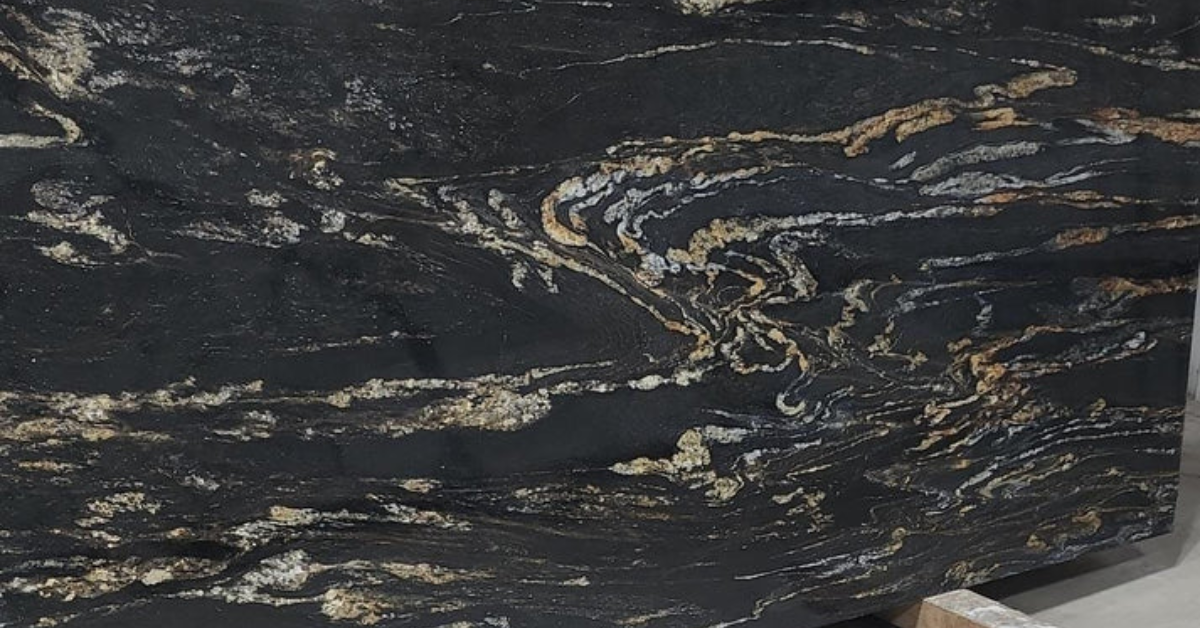Marble Flooring Marble Dealers : A Timeless Elegance for Your Home
Marble flooring has long been revered for its elegance, durability, and sophisticated appeal. Whether you are renovating your existing home or building a new one, marble is a timeless choice that exudes luxury and style. In this article, we will explore the benefits, types, and Marble Dealers installation of marble flooring, along with some essential tips for its maintenance.
What is Marble Flooring?
Marble is a natural stone that is formed through the crystallization of limestone under heat and pressure. It is characterized by its unique veining patterns and rich textures, making it a standout material for any space. Available in a wide variety of colors, from pure white to deep greens and browns, marble can complement any design theme, from modern minimalism to classic luxury.
Marble flooring is made by cutting large slabs of marble into tiles, which are then polished to a high gloss or left with a more matte finish, depending on the desired effect. The tiles can be arranged in different patterns, such as squares, rectangles, or even more intricate designs like herringbone or chevron. This versatility makes marble an ideal flooring option for living rooms, bathrooms, kitchens, and even outdoor spaces.
Benefits of Marble Flooring
1. Aesthetic Appeal
One of the most significant reasons homeowners choose marble flooring is for its aesthetic beauty. The natural veins running through the stone create an attractive and one-of-a-kind look, ensuring that your floors will always be a talking point. Whether you’re aiming for a contemporary look with light marble or a dramatic feel with darker shades, marble can help achieve your design vision.
2. Durability and Strength
Marble is known for its incredible durability. It is a dense material, which means it can withstand heavy foot traffic and last for many years with proper care. The surface of marble tiles is resistant to scratches, chips, and cracks, making it a practical option for areas with high foot traffic such as entryways, kitchens, and living rooms.
3. Cool to the Touch
Marble naturally stays cool, which is an advantage in warm climates. The material doesn’t absorb heat easily, making it a great choice for flooring in hotter regions. The cooling properties of marble also provide comfort during the summer months, especially when walking barefoot.
4. Easy Maintenance
Marble floors are relatively easy to maintain. With regular sweeping and mopping, marble floors retain their shine and beauty over time. Additionally, marble’s non-porous surface prevents dust and dirt from getting deeply embedded into the flooring. For tough stains, you can use a marble-safe cleaner to maintain the floor’s appearance.
5. Adds Value to Your Home
Investing in marble flooring can increase the value of your home. Potential buyers often associate marble with luxury, quality, and timeless appeal, making it a sought-after feature. Homes with marble flooring often stand out in the market and can command higher selling prices.
Types of Marble Flooring
Marble flooring comes in several types, each offering a distinct appearance and texture. Some of the most popular types of marble include:
1. Italian Marble
Italian marble is known for its superior quality and exquisite veining patterns. This type of marble is often chosen for its luxurious appeal and is found in high-end properties worldwide. Italian marble offers a range of colors, from soft whites to rich greens, making it ideal for sophisticated interiors. Some well-known Italian marble varieties include Carrara, Calacatta, and Statuario.
2. Indian Marble
Indian marble is another popular choice for flooring, known for its affordability and variety of patterns. While it may not have the same level of veining as Italian marble, it still offers beautiful textures and colors. Indian marble is widely available in shades of beige, white, and pink, and it’s a great option for those looking to achieve a luxurious aesthetic on a budget.
3. Turkish Marble
Turkish marble is famed for its unique designs and vibrant colors. It is often used in large commercial spaces but can also be a beautiful addition to residential areas. Turkish marble is known for its impressive textures and veining, which adds visual interest to any room.
4. Egyptian Marble
Egyptian marble, particularly known for its distinctive veins and shades of cream, beige, and brown, can create a classic and timeless feel in your home. It is often used in high-end residential and commercial projects for its aesthetic appeal and robustness.
Installation of Marble Flooring
Installing marble flooring requires professional expertise to ensure that it is laid correctly and lasts for many years. The installation process generally involves the following steps:
1. Preparation of the Surface
Before installing marble tiles, the subfloor must be properly prepared. This includes ensuring that it is level, clean, and dry. Any imperfections in the subfloor may result in uneven tiles, which can affect the overall look and durability of the flooring.
2. Laying the Tiles
The marble tiles are then laid on the prepared surface, with the appropriate adhesive used to bond them. Marble is a heavy material, so it is crucial to ensure that each tile is securely fixed in place. During this process, tiles are carefully spaced to maintain a consistent gap between them for grout.
3. Grouting and Finishing
After the tiles are placed, grout is applied between them to fill the gaps. The grout not only holds the tiles in place but also adds a finishing touch to the design. Once the grout has dried, the floor is polished to enhance the shine of the marble.
4. Sealing
Although marble is durable, it is porous and can absorb liquids, which may cause stains over time. To protect the surface, a sealant is applied to the marble tiles. This ensures that the flooring remains resistant to water, dirt, and stains while maintaining its natural beauty.
Maintenance of Marble Flooring
Proper care and maintenance are essential to preserving the beauty of your marble floors. Here are some tips for keeping your marble flooring in excellent condition:
1. Regular Cleaning
Dust and dirt can dull the surface of your marble floors over time, so it is essential to sweep or vacuum them regularly. For deeper cleaning, use a damp mop with a mild, marble-safe cleaner. Avoid using harsh chemicals or abrasive scrubbers, as these can damage the marble’s surface.
2. Stain Removal
While marble is resistant to stains, spills should be wiped up quickly to prevent absorption. For stubborn stains, use a poultice or a marble cleaner designed for specific types of stains, such as oil or wine.
3. Sealing the Floor
Marble floors should be resealed every 1-2 years, depending on the level of foot traffic in your home. Sealing prevents moisture and dirt from penetrating the marble, keeping the surface clean and shiny.
4. Avoid Scratches
Although marble is a strong material, it is not scratch-proof. To prevent scratches, avoid dragging heavy furniture across the floor and use felt pads under furniture legs.
Conclusion
Marble flooring is a sophisticated and durable choice that adds elegance to any home. Whether you choose Italian marble for its luxurious appeal or Indian marble for its affordability and variety, this natural stone offers a timeless aesthetic that enhances the beauty of your space. With proper installation and care, marble floors can last for many years, making them a wise investment that will continue to add value to your home. So, whether you are remodeling or building from scratch, consider marble flooring as a way to elevate the look and feel of your home.







